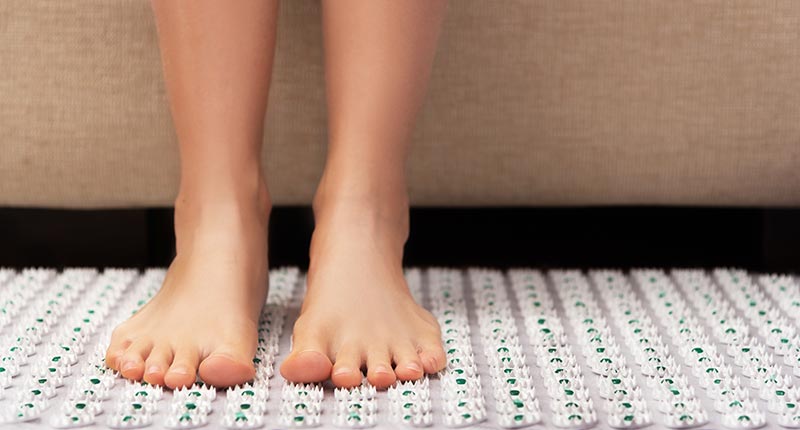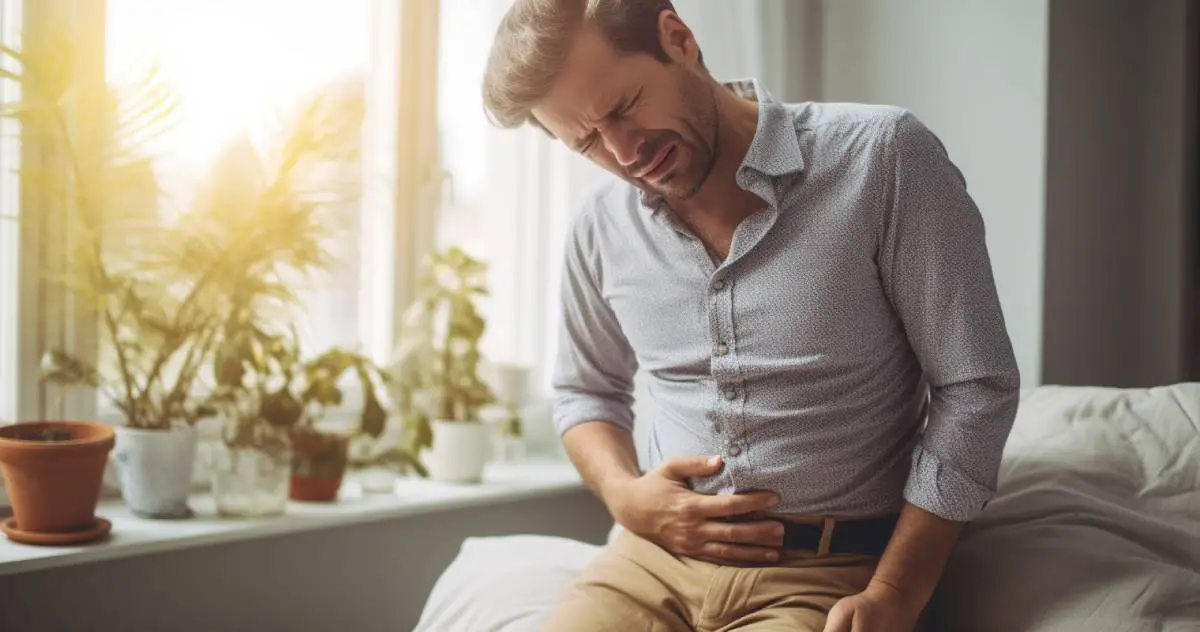Say Goodbye To Restless Nights And Annoying Snorting Or Snoring
Restful sleep eluded me for many years, and I couldn’t understand why until I was diagnosed with sleep apnea. Individuals who have sleep apnea know that it is so much more than nasal congestion. This syndrome causes you to stop breathing during your sleep, which can cause loud snoring, poor quality of sleep, and in intense cases, it can have even more serious effects. There are a few western treatments available, but they tend to be costly and complex so I use these 7 acupressure points for sleep apnea.
Acupressure is my favorite method for treating my sleep apnea symptoms since I always have access to it and it has no side effects, unlike most modern methods of treatment. If you are utilizing medication or a machine to manage your sleep apnea it can still be very helpful to have these acupressure points for sleep apnea in mind just in case.
Can Acupuncture Help With Sleep Apnea?
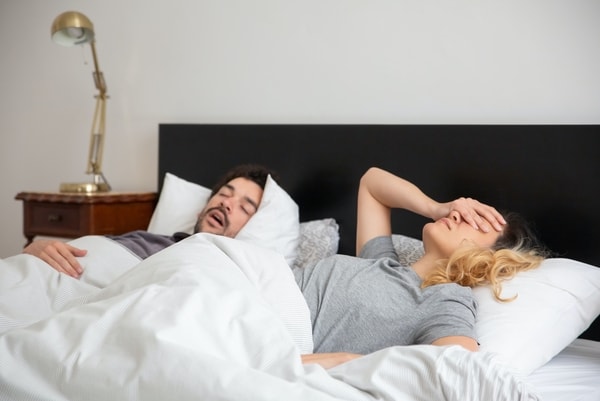
The condition known as sleep apnea comes in a variety of forms and results in different symptoms, but research is suggesting that acupressure is a viable treatment.
Obstructive sleep apnea is one of the most common forms, in which the throat muscles relax and close off the airways during sleep. Acupressure and acupuncture points for sleep apnea have been shown to help strengthen weak muscles and relax overly tightened muscles in the respiratory system which allows for better airflow. Related issues like excess weight and stress are commonly associated with the onset of sleep apnea and acupressure can help with those conditions as well.
Central sleep apnea is more serious as it occurs when the brain does not send proper signals to the respiratory system during sleep, causing it to malfunction. Though more studies are still needed for this rarer form of sleep apnea, it is also assumed that acupressure’s stimulation of the respiratory system can improve its function during sleep to reduce sleep apnea symptoms.
Can Acupuncture Cure Sleep Apnea?

Sleep apnea is a condition that affects each individual differently, so it should be no surprise that there is no sure cure for this syndrome. Acupressure points for sleep apnea may not fully cure your sleep apnea depending on what kind you have, but they can absolutely help you manage symptoms and in combination with proper treatment you can get back to enjoying restful sleep!
A combination of research studies that lasted from 2007 to 2015 found that acupuncture was capable of improving sleep apnea symptoms beyond what was possible for many individuals who used the modern method of treatment, which is known as a nCPAP machine. Some participants were able to cure their sleep apnea through acupuncture and no negative effects of the treatment were noted in this trial.
The 7 Best Acupressure Points For Sleep Apnea Symptoms
Acupoint: LI-20 (Other Names: Large Intestine-20/Ying Xiang/Welcome Fragrance)

This point is known for its relation to the respiratory pathways, making it a perfect acupressure point for sleep apnea. This point is also known for its ability to reduce nasal congestion, making it useful for the revitalizing of smell.
The simplest way to locate the Li-20 point is by applying pressure to either side of your nostrils. You will feel a slight depression right near the area where your nostrils flare and meet your cheeks.
Acupoint: GV-23 (Other Names: The Governing Vessel-23/Shang Xing/Upper Star)

The GV-23 point is part of the governing vessel meridian, and it is another key acupressure point for reducing sinus problems that may trigger sleep apnea. This acupressure point for sleep apnea is known to reduce congestion, but it can also reduce sinus swelling.
First, locate the midline of your forehead at your hairline. Then measure 1 cun back from your hairline and you should feel a slight indentation where you will apply light pressure for a few seconds.

Acupoint: Ren-22 (Other Names: The Conception Vessel-22/Tian Tu/Heaven Projection)

With a close association to the lower respiratory tract, Ren-22 is perfect for treating causes of sleep apnea that originate in the throat or lungs. This includes a reduction of mucus in the lungs, and this point also has the perk of being an acupressure point for facelifts.
This point sits right in the indent of the neck that originates where the clavicles point. Apply gentle pressure here to avoid irritation of the trachea beneath this point.
Acupoint: PC-6 (Other Names: Pericardium-6/Nei Guan/Inner Pass)
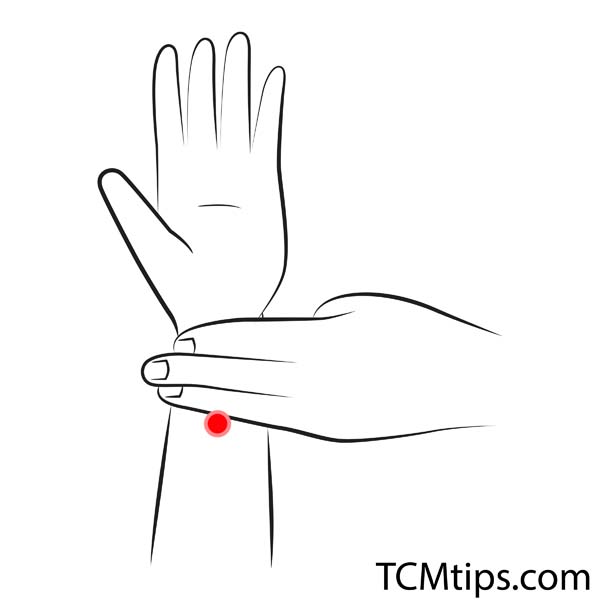
Pericardium 6 is a point that is commonly associated with cardiac health, making it an important heart pressure point. This point may sound unrelated to sleep apnea, but it can be vastly helpful in calming the heart and preventing panic attacks after waking up from not breathing. This point is also thought to calm the mind and spirit, possibly enhancing the body’s ability to regulate breathing while asleep.
Flip your hand with your palm upward and use the width of your three fingers to measure down your arm from the crease. You should feel an indent between the bones in the center of your arm where your fingers stop, and that is where you should apply pressure.
Acupoint: SP-6 (Other Names: Spleen-6/San Yin Jiao/Three Yin Intersection)
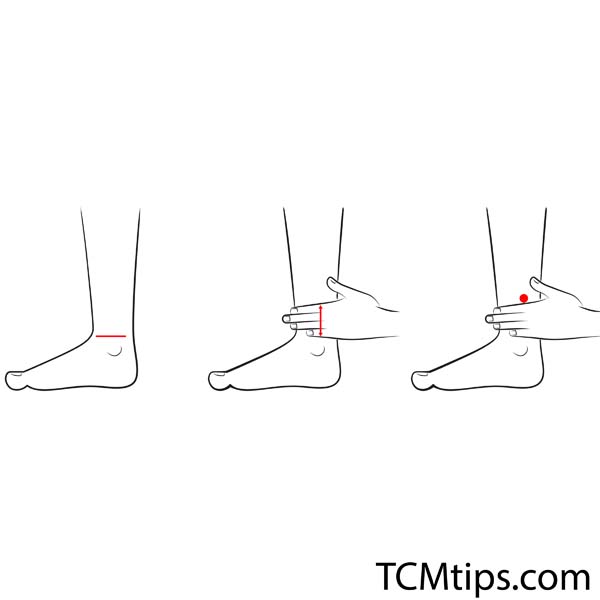
This spleen point may be far from the respiratory system, but it is closely associated with relief from insomnia. This common acupressure point for restless leg syndrome has a connection to brain function, as it calms the body during uncomfortable functions and even settles intense pains like menstrual cramps. Its ability to improve sleep quality and brain function makes it a potent combo for sleep apnea.
Locate this point by measuring 4 finger-widths up from the protrusion of your ankle bone on either leg. Central to that position, on the outer edge of the shin bone, apply gentle pressure for a few seconds.
Acupoint: GV-20 (Other Names: The Governing Vessel-20/Bai Hui/Hundred Convergence)
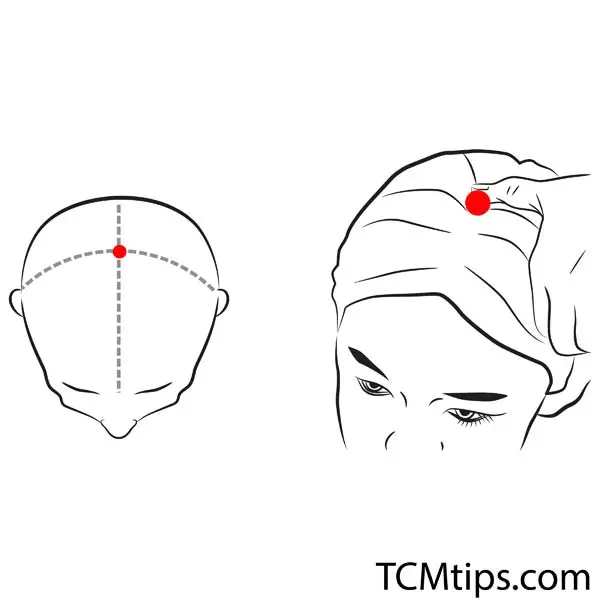
This point is another part of the governing vessel and falls relatively close to Gv-23. Much like the other points in this area, it resolves sinus issues that can lead to an onset of sleep apnea or intensify sleep apnea. This is also known as a great acupressure point for height increase and hair growth, making it a good multipurpose point.
This point exists on the same midline of the head’s crown, but it is a bit further back. In total, it should be the width of 8 fingers and one thumb up from the posterior hairline.
Si Shen Cong
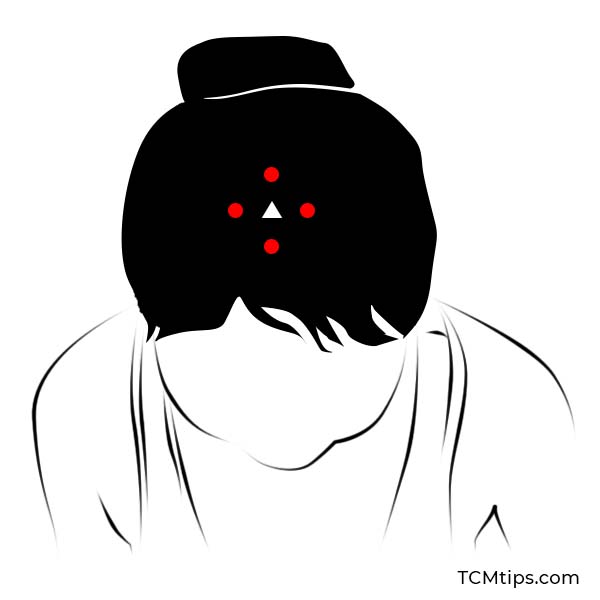
This point sits like a crown at the top of the head and it is actually made of four points. It is known as a great acupressure point for brain fog, and this calming influence also makes it capable of relieving insomnia. As an added park, this point dispels interior wind, allowing the body to breathe more easily and energy to flow more naturally.
If you have already located the Gv-20 point then you are halfway to activating the si shen cong. Simply move out 1 cun from the Gv-20 point in a forward, backward, left, and right position to locate these four points. You may activate them separately or together if you are capable.
 P. Sze
P. Sze 




